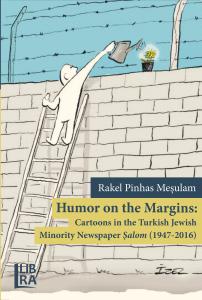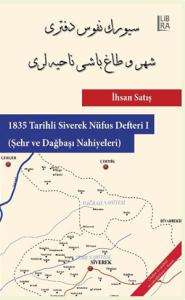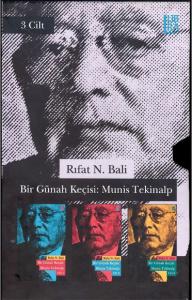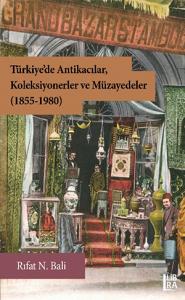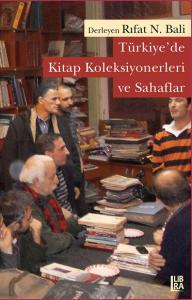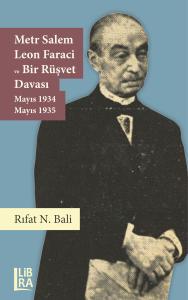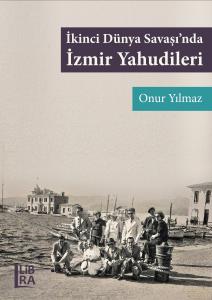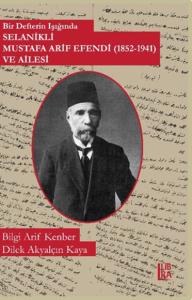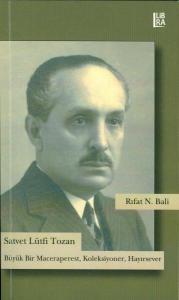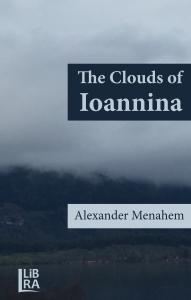Humor on the Margins: Cartoons in the Turkish Jewish Newspaper Şalom (1947-2016)
This research draws from Şalom, the longest-published Turkish-Jewish newspaper since 1947, to trace the communication strategies of Şalom as a form of minority media. It offers a multilayered analysis of the newspaper's front pages and İzel Rozental's editorial cartoon corner, "Tünelin Ucu"(End of the Tunnel). The content and historical discourse analysis of the selected number of front pages shed light on various intervention and communication strategies used by Şalom during four marking periods in the history of the Turkish-Jewish minority. It is argued that while the content and the tone of the news on the front pages are mediated by the political and social context, the editorial cartoons of "Tünelin Ucu" constitute a significant space to claim oppositional position through the critique of local and international politics. Thus, the editorial cartoons form a dialogic relationship with the front-page news of minority media create different channels and unique politics of representation. Editorial cartoons carry the potential of turning minority newspaper into an active agent questioning the status quo and paving the way to put forward the criticism.



